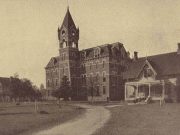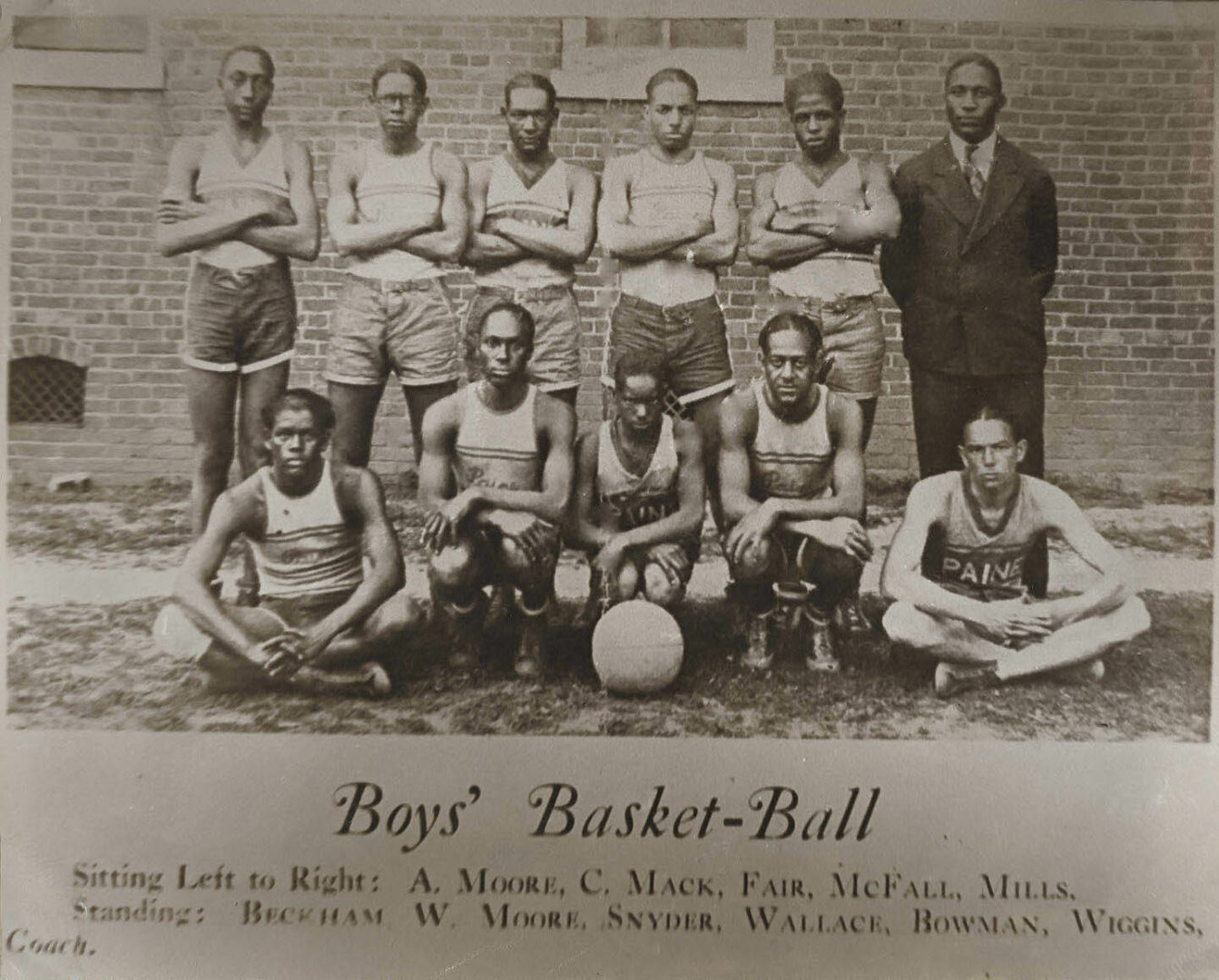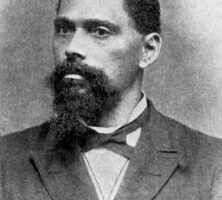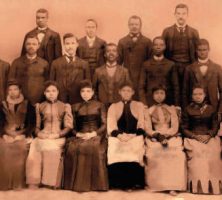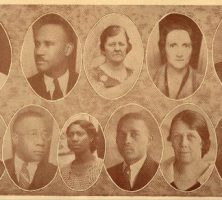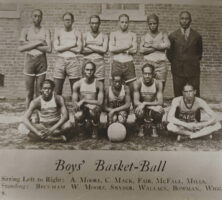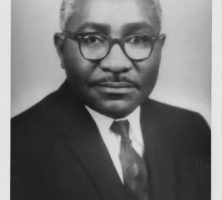Paine College, a historically Black college in Augusta, is a private, coeducational, liberal arts institution affiliated with the Christian Methodist Episcopal Church (CME Church). Accredited by the Southern Association of Colleges and Schools, Paine College offers undergraduate degrees in the liberal arts, business administration, and education through residential, commuter, and off-site programs.
Early Years
In 1873 Lucius Holsey became a bishop in the CME Church. For years afterward he tried unsuccessfully to establish an institution of higher learning for African Americans but could not gather enough funds. In 1882 he appealed to members of the white Methodist Episcopal Church, South (MECS), for financial support to open a school that would train Black preachers and educators. The MECS agreed, and in 1884 Paine Institute opened in a rented space on Broad Street in downtown Augusta. The school was named for Bishop Robert Paine, who helped organize the CME Church in 1870. Churchmen of both races, including Methodist leaders Warren Akin Candler and Atticus G. Haygood, shared in the sponsorship, support, and control of Paine. The board of directors consisted of three Black clergymen and three white clergymen. Such racial collaboration became a hallmark of the institution.
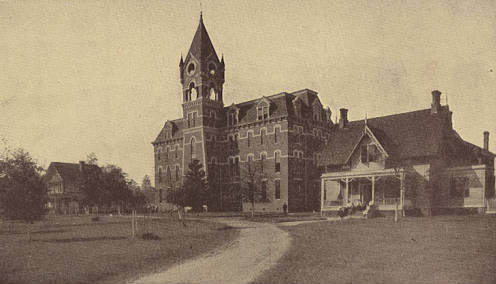
Courtesy of Paine College
Paine was founded with the intention of bridging the educational gap between Black freedpeople and their white counterparts. The founders were explicit that the school should not be limited to training clergy but should also provide a liberal arts education to Black youth of both genders. In addition to functioning as a normal school that trained teachers and preachers, Paine also offered elementary and high school curriculum, since few public high schools for Blacks existed at that time. Its first class comprised about thirty students, and the first graduation ceremony was held in 1886.
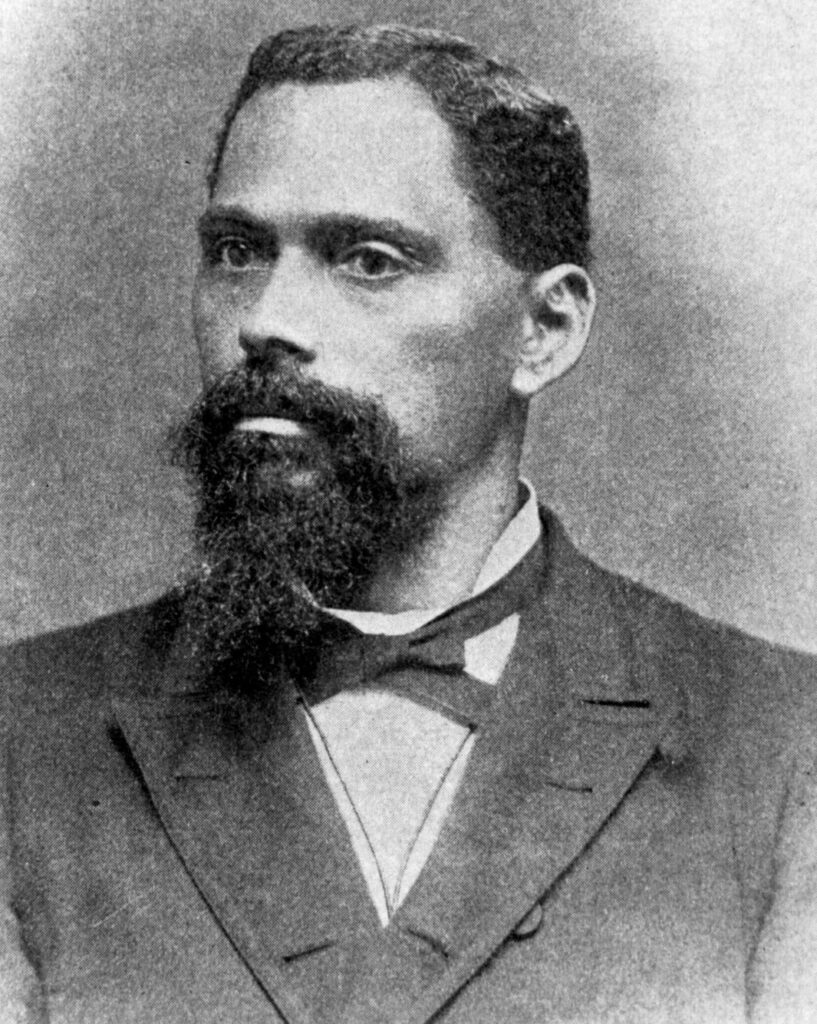
Photograph by Mathew B. Brady. Courtesy of National Archives and Records Administration
Another milestone of 1886 was the school’s acquisition of land in central Augusta, on Fifteenth Street, where the college sits today on fifty-seven acres. In 1903, as part of a focus to strengthen the school’s collegiate-level classes, the name was changed to Paine College. Paine maintained its liberal arts curriculum during these years, despite the idea, famously advocated by Booker T. Washington in his Atlanta Compromise Speech of 1895, that schools serving Black students should offer more technical courses, such as masonry or carpentry. The school discontinued its elementary program around the 1920s but continued to provide secondary education for students until 1945.
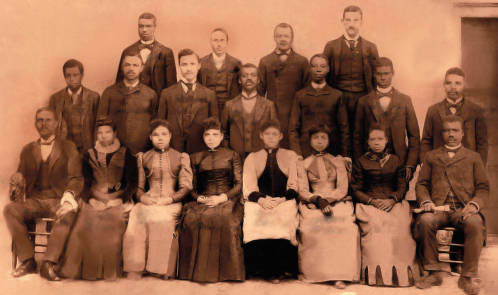
Courtesy of Paine College
Despite the institution’s reputation as an enterprise of both Black and white Methodists, Paine’s faculty was initially all white. After local Blacks questioned this practice, the college’s trustees voted to integrate the faculty and allow for interracial enrollment. John Wesley Gilbert, a graduate of Paine and later of Brown University in Providence, Rhode Island, became the first Black faculty member in 1888.
Racial Collaboration
Beyond its integrated board of trustees and faculty, racial collaboration took on many forms at Paine. In the years of segregation and Jim Crow, the campus was one of the few places where Blacks and whites were encouraged to learn and work together. In 1934 the college initiated an annual interracial student conference, which focused on socioreligious questions “of interest to young people of all races.” Cosponsored by the Candler School of Theology at Emory University, the conference brought white and Black students to live together and share all facilities on campus. The MECS also sponsored an annual leadership training school at Paine College that featured a biracial staff, including prominent civil rights advocate Dorothy Rogers Tilly, who served on the staff for a number of years beginning in 1929. Finally, stronger relations between the college’s Black students and white faculty members were fostered through a faculty-student government, in which equal numbers of students and faculty comprised several committees.
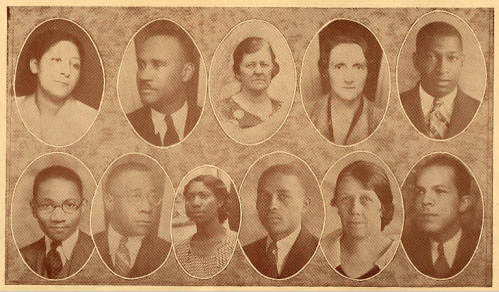
Courtesy of Paine College
The influence of Paine College was also evident in the larger Augusta community. In 1911 the Women’s Missionary Council of the MECS established a Bethlehem Community Center, one of many such centers opened around the South to provide athletic facilities, educational opportunities, and social services for low-income African Americans. The presence of Paine College led the council to choose Augusta as the location for the inaugural center. During the 1930s and 1940s the center housed several of the school’s academic departments as well as a gymnasium used by Paine College students.
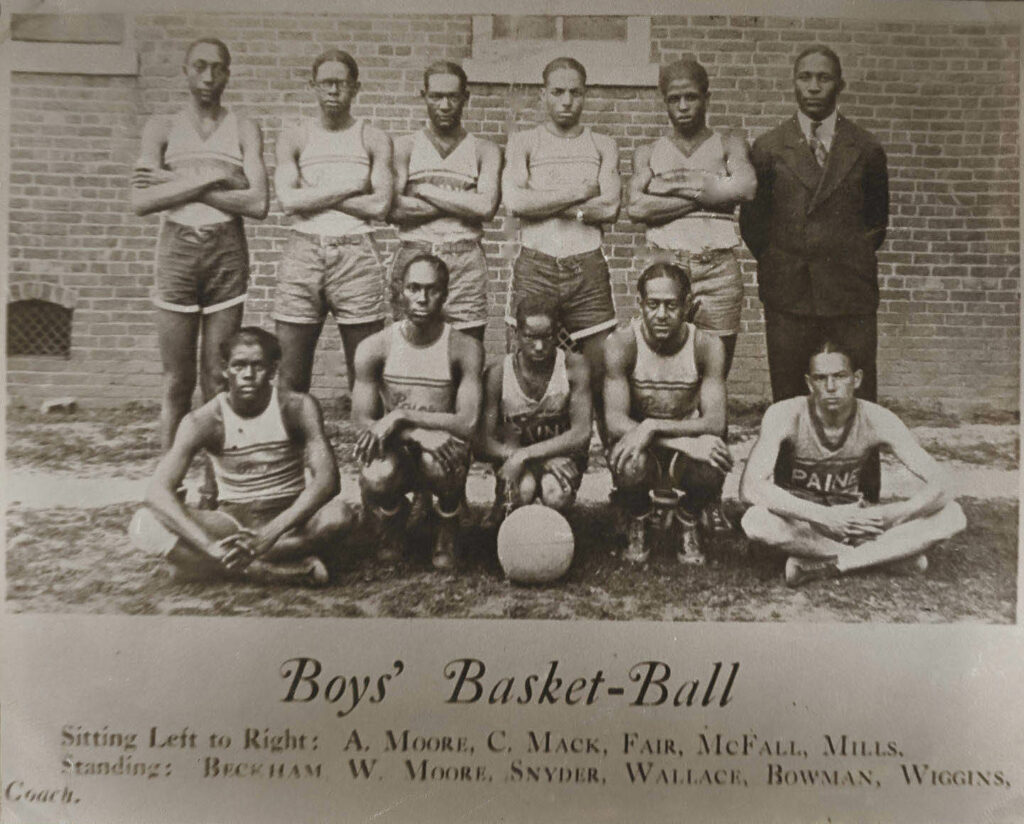
Courtesy of Paine College
Despite such efforts, however, the model of racial cooperation offered by Paine College was not always accepted by the outside world. During the civil rights movement, Paine students were active in advocating for social change. In early 1960 the Paine College Steering Committee, made up of student leaders from campus organizations, met regularly to coordinate and organize local student demonstrations. The group held sit-ins, marches, and pray-ins to protest discrimination and to advocate for the desegregation of Augusta’s buses, restaurants, and businesses, as well as of the Augusta National Golf Club, the site of the annual Masters Tournament. One group of students filed a lawsuit in 1960 against the city of Augusta and the bus company that served it for their policy of requiring segregated seating on buses. In 1962 a panel of three federal judges ruled that state and local segregation rules applied in the case were unconstitutional.
In 1968 a mysterious fire erupted on Paine’s campus and gutted Haygood Hall, which housed administrative offices, classrooms, and meeting space. The fire also destroyed a treasured, rare collection of African artifacts. By 1978 the administration building had been reconstructed and renamed Haygood-Holsey Hall.
Administrations and Alumni
Paine College has been under the direction of many distinguished presidents, including its first, Morgan Callaway (1882-84), and two of its longest-serving, George Williams Walker (1884-1911) and E. Clayton Calhoun (1956-70).
Lucius H. Pitts, a member of the class of 1941, became Paine’s first Black president in 1971. After Pitts’s death in 1974, Julius Scott served as president from 1975 to 1982. Scott’s presidency was noteworthy for his efforts to rebuild relations between Paine and Augusta’s white community, and he was asked to return for a second term, from 1988 to 1994. Shirley A. R. Lewis became the school’s first female president in 1994, and she served until 2007. George C. Bradley succeeded Lewis in 2007.
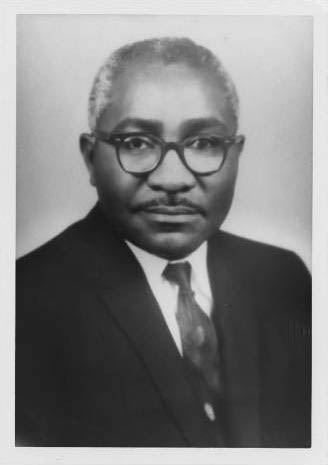
Courtesy of Paine College
Notable alumni include Frank Yerby, the first Black author in the United States to write a best-selling novel; Channing H. Tobias, a prominent civil rights leader and an alternate representative to the United Nations; and Michael Thurmond, an attorney and the first African American elected as Georgia’s labor commissioner.
Paine Today
In 2009 Paine had approximately 900 students and 58 full-time faculty. Continuing in the spirit of Paine’s founding principles, approximately 50 percent of the faculty members are African American, with the remainder closely split between white faculty and those of other ethnicities. The college competes in Division II of the Southern Intercollegiate Athletic Conference, with teams in men’s and women’s basketball, track, and cross country; men’s golf and baseball; and women’s softball and volleyball.


